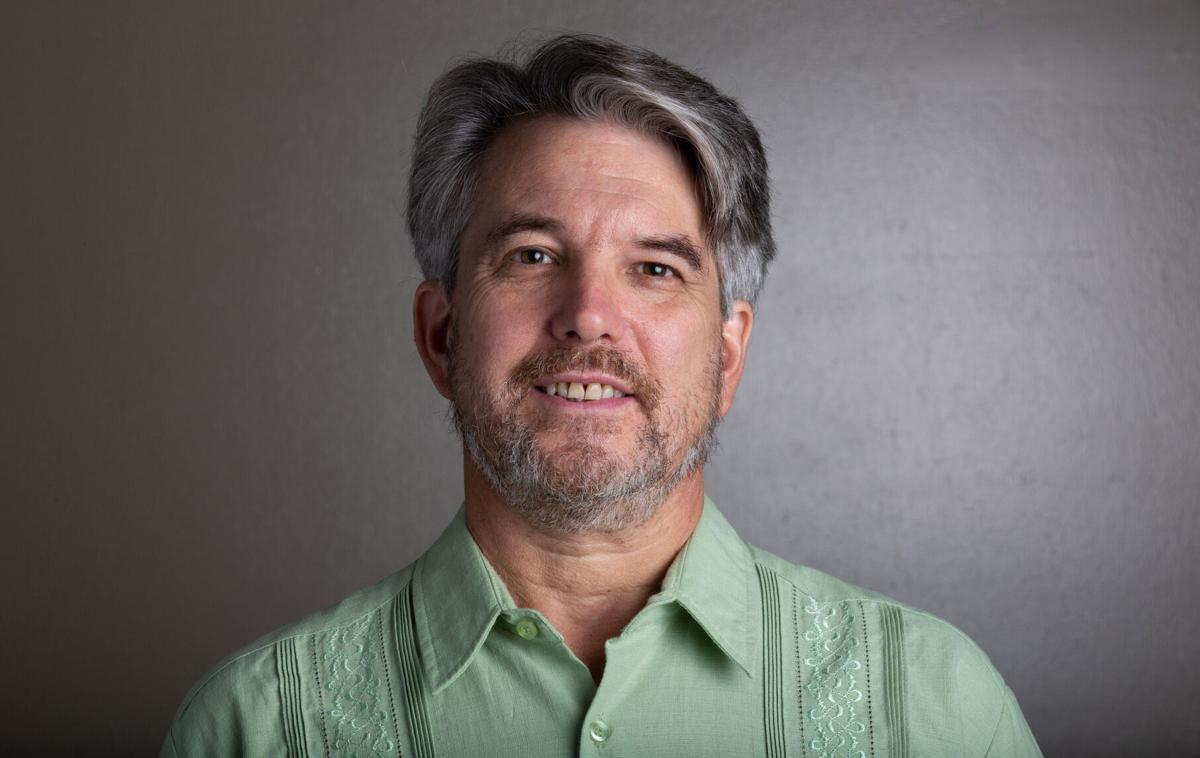Here we go again.
We thought, maybe, hopefully, we were done with the dark days of the pandemic.
Nope, we’re back. Maybe for the last time, but we’re back.
What we can’t do is pretend like it isn’t happening again, because it is, even if Gov. Doug Ducey and some other officials act otherwise.
The number of COVID-19 cases reported to the Arizona Department of Health Services is up to the levels we saw in our first major surge, in June-July 2020.
So far, the number of deaths in this surge is lower than in that surge, thanks presumably to vaccination. But that shouldn’t be too comforting: New numbers show that COVID-19 has been the leading cause of death in Arizona in the last year, greater than heart disease or cancer.
And the hospital crowding problems are as grave as they’ve been. There is less space available in Arizona’s emergency rooms and intensive care units than there has been for the entire pandemic.
This is in part due to the new wave of COVID-19 cases, even before the onset of the omicron variant. But it’s also because we’re largely going about our normal activities, getting injured, and because health care workers are either getting sick themselves, or getting sick of this work.
They’ve left local hospitals short about 600 registered nurses and 1,500 workers overall. That means that even if there are hospital beds and rooms free, many aren’t available, because there’s no one to staff them.
It’s frustrating to be here again in the midst of the holiday season. I was looking forward to actual parties and indoor cavorting this year.
Oh, well.
We’re fortunate to live where the weather lets us gather outdoors, especially during the daytime, this time of year. And we should do that — outdoor transmission of this virus is way, way lower than indoor transmission.
Beyond that, we need to go back to the basics. Wear good masks when we’re in indoor places like stores and, if you attend them, parties; keep our distance from one another as possible; get vaccinated and boosted.
Early signs are that the booster is crucial for protection against the omicron variant. I got my booster about three weeks ago — truthfully, it felt liberating. I had no major side effects, and got major assurance that, if I get COVID-19 in the current wave, I won’t get too sick.
All this is common sense at this point. But there are still those in denial, or treating public-health action, our collective effort, as if it were an infringement.
On Wednesday, Ducey reissued his executive order banning counties, cities and towns from requiring anyone to have a COVID-19 vaccine. The order served not so much as a flexing of executive muscles as it did a reminder of the governor’s growing irrelevance, especially in the pandemic realm, as he enters his last year in office.
The cities and counties that have wanted to impose such requirements have done so, and most have accomplished their goals, despite the governor’s stand against them.
Tucson Mayor Regina Romero put out a press release Friday telling Ducey, essentially, to shove his executive order. Ninety-nine percent of Tucson’s city government employees have complied with the city’s vaccine mandate, she noted.
“The Governor needs to focus on the crisis at hand as COVID-19 cases rise,” she said in the statement.
Yes he should, but he’s been busy posturing. The crisis Ducey wants to focus on is that of border crossers entering the country at Yuma. It gives him a chance to criticize President Joe Biden, even if it has little effect outside of Yuma.
The Border Patrol itself has played a weird role in the latest surge. The agents’ union has been complaining about a federal requirement for agents to get vaccinated, even as Tucson sector agents die of the virus.
One, Chad McBroom, died in August of COVID-19. Two others died in November — Anibal “Tony” Perez and Martin Barrios. The agency did not verify the apparent cause of death, COVID-19, but instead referred to the deaths obliquely as being “in the line of duty.”
The agency’s insistence on publicizing the deaths as on-duty, while obscuring the causes, feels like a return to the stigma that colored the earliest days of the pandemic. It’s out of touch with the moment, when we must recognize reality and redouble our efforts.
None of us knows exactly how to get past the pandemic. If we did, we’d be done by now.
But to help out the hospitals and minimize its effects, we at least have to acknowledge it’s back. Then, we can use experience to give us some cause for hope.
Experience tells us what works to keep us at least from not getting hospitalized, if not from getting sick. Get vaccinated and boosted, wear a mask indoors, keep physical distance, improve filters on indoor ventilation, get in good physical condition.
Omicron may take care of the rest. This mutation of the novel coronavirus is more transmissible than previous ones, but may also be less severe in its effects, though the science is contradictory on this point. We may all end up catching it and ending up with the additional booster of immunity from the virus itself without as much serious illness as in previous rounds.
If that’s not the case, our treatments are likely to catch up. Pfizer announced this month that a new medicine, combined in one pill with an old anti-viral, reduces hospitalizations in high-risk patients by 90%, a stunningly strong result.
It sucks that we had to have this wave of infections hitting overwhelmed hospitals before we could say adios to the SARS-CoV-2 pandemic. It’s tragic and possibly avoidable that many people will die.
But if we stick to the measures we know, and we don’t ignore reality, this might be the last big wave.





